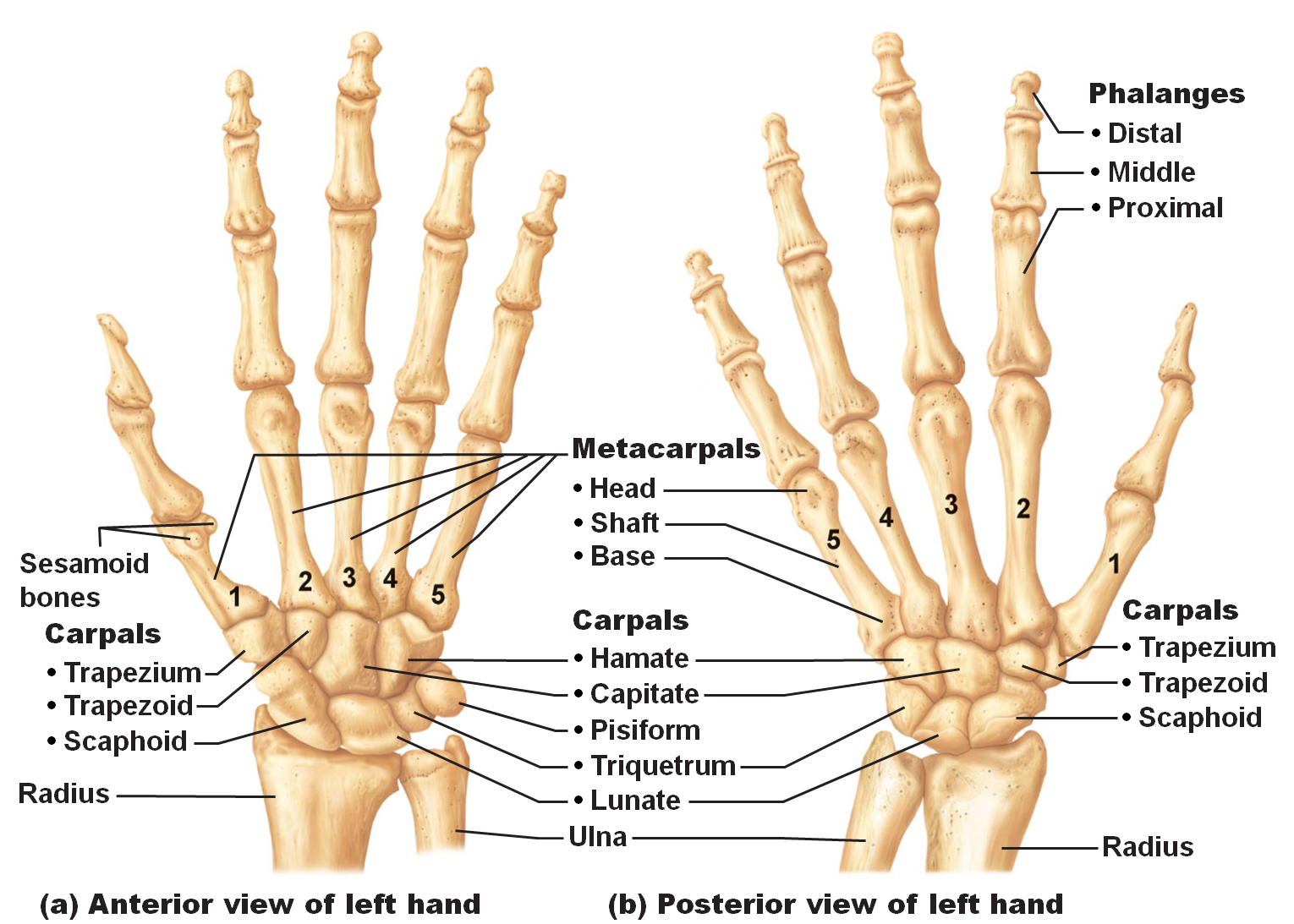PIANO LESSONS RESOURCES – LESSON 2 – FINGER MOVEMENT
Piano lessonS resources – Finger movement
Piano lessons resources – Understanding the exact way each piano movement works is fundamental if we want to be sure about our approach as professional piano teachers.
“Finger movement” is used in 80% of the cases on average throughout all different styles (baroque, classical, romantic and XX century). For that reason we will dedicate a chapter to explaining the main factors we have to focus on in order to perfect it.
The main components of the movement are:
- The fuel: The contradiction between the natural weight of the elbow (pull) and the finger grip
- The moving components: Proximal Phalanges – trigger and Distal Phalanges – proper grip
- Stages: ready to play (fingers lifted) and playing (finger on the key) positions
- Intensity: Defined by the proximity of the fingers to the keyboard, the speed at which they are actioned and the position they are in relation to the length of the keys
The fuel
The constant tendency of the hand to fall out from the keyboard is counteracted by a the contraction of the distal phalanges. This contraction has to be minimal and only enough to establish an effortless and stable “stand-by” position on the keyboard. This position should primordially deliver all the weight of the arms to the keyboard. The curvature of the fingers at this stage should be of approximately 160 degrees. This content balanced leverage is what fuels the finger movement. The finger should not act as a handle but as an electric switch which is either on or off. Piano lessons resources by WKMT
A good way of checking and feeling whether we are diverting the arms weight correctly is to contract and release the distant phalanges slightly in order to feel the pressure the arm excerpts on our fingertips.
The moving components
Proximal PHALANGES
This section of our fingers is basically meant to be the trigger itself. It through the entire finger downwards towards the surface of the key. The gesture will be similar to a catapult with an similar to a scoop and not to a needle.
Distal Phalanges
Our way of fine tuning the landing of the finger. The distal Phalanges, the last bit of our fingertips are in charge of stabilizing the fingers rather exerting pressure on the keys themselves. We should feel a rather imperceptible tension on them, just enough to support the arm on the keyboard.
The Stages
Ready to play position
Our fingers should be lifted at all times. The higher we lift the more speed we will potentially develop ergo the louder we will sound.
Playing position
The distal phalanges are actioned in full at this stage. They are tensed enough to support the weight of the arm and direct it to our fingertips. We truly need to try and feel the full weight of our arms in our fingertips and make the transference as clean as possible from one finger to the other. As Gianluca Fronda says, like an energy ball that is contained in your back and suddenly unleashes an uncontainable energy sparks that travels throughout all our body and ends in the very tip of the attacking finger.
Intensity
The volume is directly affected by the speed at which we move down the piano keys. This speed will vary depending on the distance from the fingertips to the keys and the point they target throughout the total key length.
We should try and make sure we developed the maximum finger articulation, one that allows us to lift our fingers without tensing any other part of our arm or wrist.



